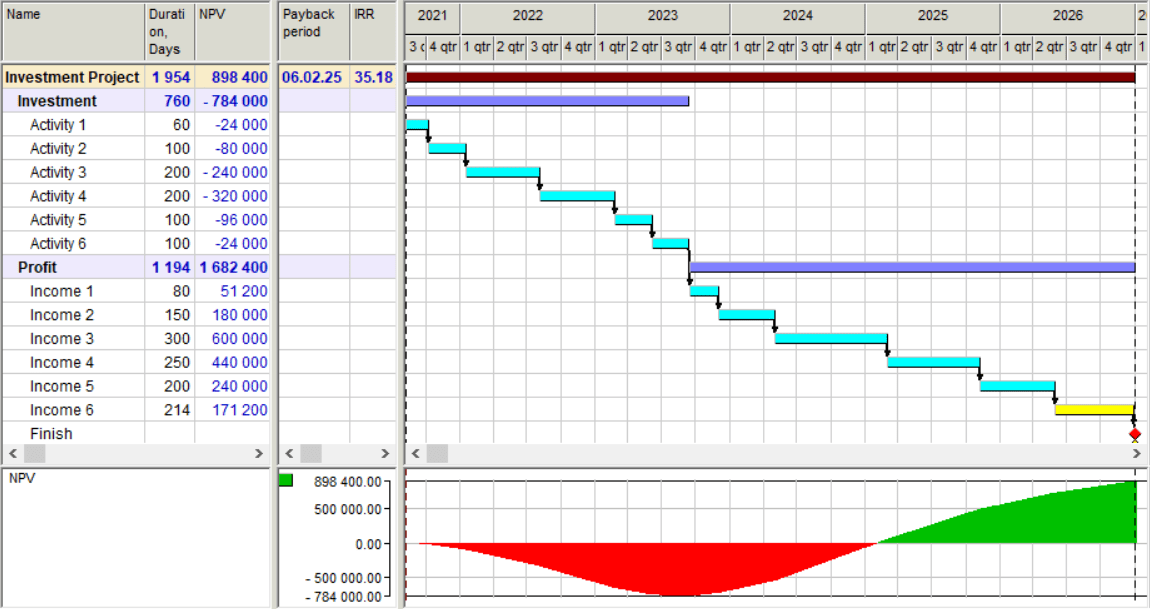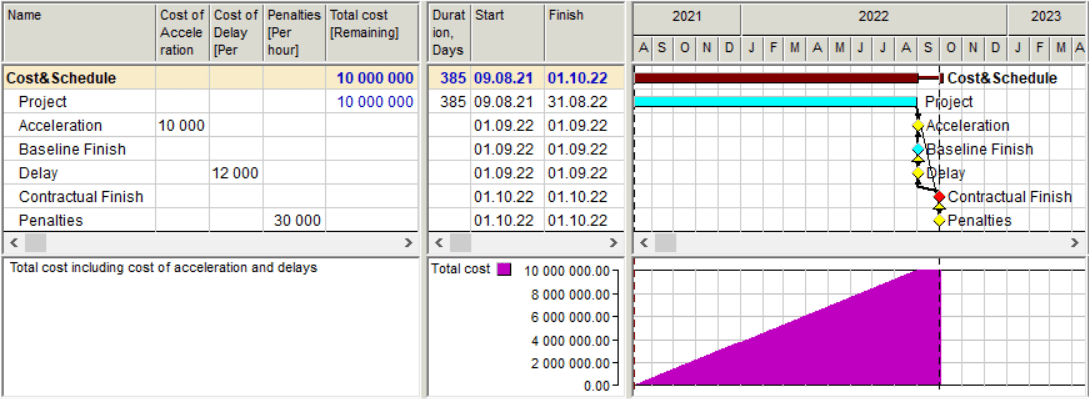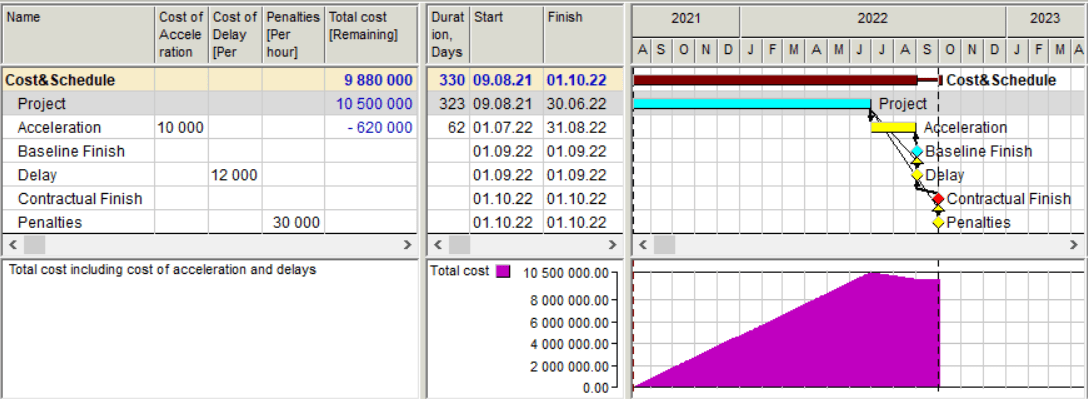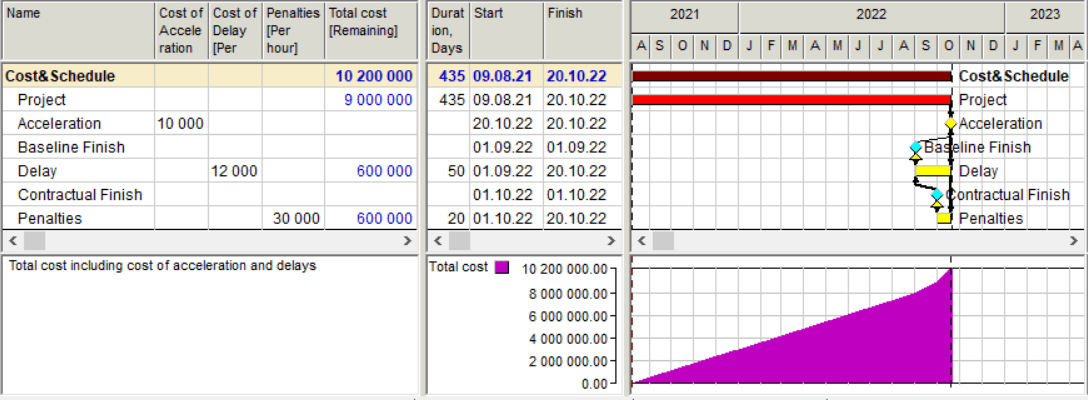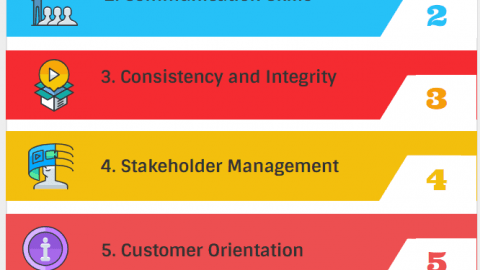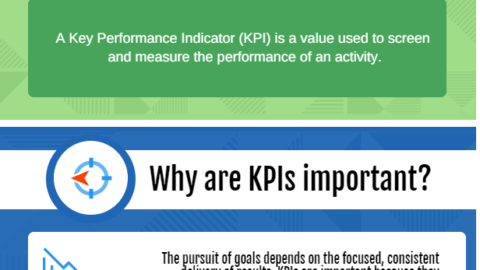Project Management Success Criteria
Introduction
The success criteria for a project and for its project management are usually not the same. A project can be successful despite the failure of its project management. Thus, a project can be late and over budget but still highly profitable. The opposite situation is also possible: a project completed on time and on budget can deliver a product that fails to generate profits. Different success criteria set for a project and for its project management team can lead to poor management decisions. It is necessary to motivate the project management team to deliver the most successful project. Setting the right success criteria for the project management team is a crucial factor for successful project management.
Table of Contents
As often as not, multiple goals are set for the project management team: usually, to complete the project on time and on budget plus some additional constraints like achieving a certain scope with a certain quality. It makes project management complicated and subjective. In this article, we will discuss how to set a single integrated project success criterion that makes project management decisions rational and allows the project management team to justify them.
Multiple Success Criteria Problem
Imagine that project management targets are set for the project management team who are completing the project to a certain date within a certain budget. Let us assume that the initial probability of finishing on time was 60% and the probability of finishing on budget was the same. Let us also assume that project duration and project cost were not dependent on each other (although in real life some dependency does exist). The probability theory states that, with this assumption, the probability of meeting both targets is only 36% (the product of probabilities of meeting individual targets). With additional goals, the probability of meeting all targets becomes even lower and it means that, at some point, project managers have to decide what is better: to spend more money while completing the project on time or to delay project completion while saving money. Without proper guidance, the decision is subjective and not always rational. Does it make sense to finish one week earlier but to spend an additional $10,000? What about $100,000? The decision depends on particular project properties and must be known from the very beginning. That is why it is necessary to define a single integrated project success criterion for project decision-making. It helps to make and justify management decisions.
Let’s discuss how these criteria must be set.
Investment Project Success Criterion
Business investments are usually made to bring profits. Let’s consider a simple example presented in Figure 1. This project consists of Investment and Profit phases and a certain profit is expected at the end of 2026. This profit can be set as the project success criterion and all project management decisions can be judged by their impact on future profit. In particular, scope changes can change the forecasts of future income; duration changes can change the payback period and the period of positive income; cost changes have a direct impact on the project’s NPV and all these parameters depend on each other.
Fig.1. Investment project baseline
Let us estimate if it is reasonable to spend an additional $40,000 to accelerate activity 3 thus making its duration 40 days shorter. Calculations show that this decision is unprofitable: we would lose $8,000 as shown in Figure 2.
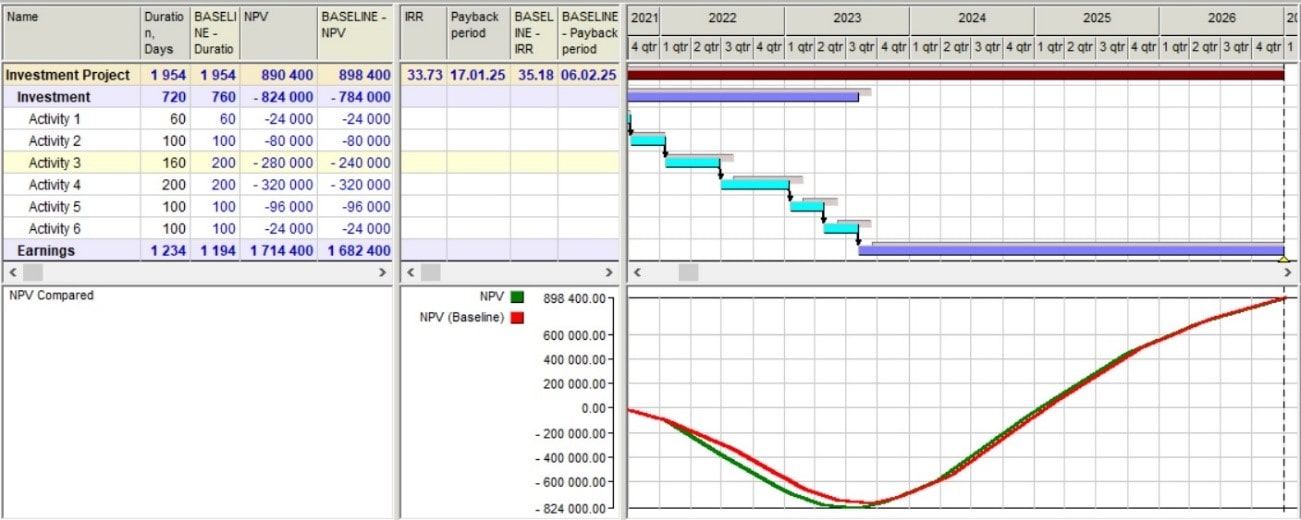
Fig. 2. Estimate of management decision to reduce activity 3 duration by 40 days thus increasing its cost by $40,000
However, spending an additional $40,000 on accelerating activity 3 by 80 days appears very attractive and, although our project’s target cost would be exceeded, this decision is justified by the increased profit we would deliver (Fig. 3).
Setting a single clear project success criterion (profit expected at the end of 2026), we provide project management teams with a tool for objective justification of management decisions.
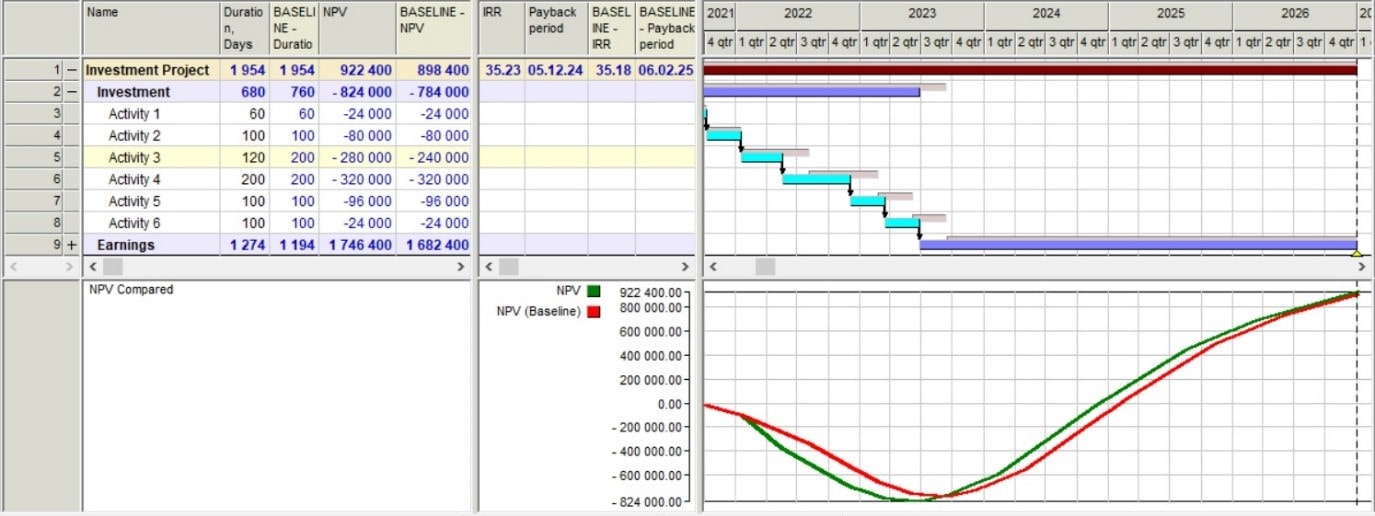
Fig. 3. Estimate of management decision to reduce activity 3 duration by 80 days thus increasing its cost by $40,000.
Contractors Project Success Criterion
For the Contractors, each day of project execution means expenses associated with project resources, safety, management, and other indirect costs. Therefore, they can estimate their costs of each day of delay and acceleration and not only for the whole project but also for major project milestones whose delays lead to certain losses. Besides, there are usually penalties to pay if the contract dates are missed.
After project cost and schedule baselines are approved, it is reasonable to set an integrated project success criterion that comprises the project’s cost plus the costs of each day of acceleration (negative) and each day of finish delay (positive). The cost of a day of finish delay is the sum of the cost of an additional day of the Contractor’s work and the penalties to be paid for each day if the project is finished after the contractual completion date.
This criterion motivates the project team to execute the project faster and with lower cost, and allows to justify additional expenses intended to accelerate project execution: if the total cost that includes acceleration and delay costs drops, then this management decision is reasonable.
Let us consider a simple example, a Cost&Schedule project whose baseline is shown in Figure 4. This project’s internal baseline target finish is 01.09.22 and contractual finish is 01.10.22. Project baseline cost is $10,000,000. We have added two milestones to the project model: one is Baseline Finish and another is Contractual Finish. We created three hammock activities: one is called Acceleration and lasts from the project finish to the baseline finish, the second activity is called Delay and lasts from the baseline finish to the project finish, and the third one is Penalty and lasts from the Contractual Finish to the project finish.
We created the following cost components: the cost of acceleration, the cost of delay, and the cost of penalties, and assigned these cost components to our hammock as costs per day.
Let’s assume that the cost of one day of acceleration is $10,000, the cost of one day of project delay is $12,000 and the penalties for each day of project delay to the contract finish date is $30,000.
If the project is performed in accordance with the baseline, all hammock activities would have zero duration and cost, as shown in Figure 4.
Fig.4. Cost&Schedule project baseline
Now let’s suppose that we have discovered an opportunity to complete our project two months earlier if we spend an additional $500,000. A simple analysis shows that it makes sense (Fig.5).
Fig.5. Cost&Schedule project acceleration calculations
Acceleration saving will be $620,000, which exceeds the $500,000 required for this acceleration.
Let’s consider another situation: we can save $1,000,000 but finish 20 days later than required by the contract (Fig. 6).
Fig.6. Project Cost&Schedule delay calculations
Cost analysis shows that this option is unreasonable because the cost of delays and expected penalties exceed potential savings.
Conclusions
Setting the right criteria is a crucial factor for successful project management. The right success criteria must motivate project managers to make and justify rational management decisions.
Multiple constraints and success criteria make project management decisions subjective and unreliable. It is necessary to create a single integrated project success criterion that can be used for making and justifying management decisions. The easiest way to set this criterion is to define the cost and schedule baselines and the costs of delay and acceleration that will be added to the approved project budget if the project is completed later or earlier than the approved finish date.
In our experience, project teams who use integrated success criteria in their projects perform much better.

PMP, GPSF, GCMF, Founder of Moscow, Russia PMI® Chapter
General Manager of Spider Project Team – the leading Russian project management consulting company with branches an partners in Russia, Brazil, Colombia, Kazakhstan, Romania, and Ukraine.
Spider Project Team developed Spider Project, most powerful professional Project Management software package that is now used in 36 countries.
An author of 4 books and more than 150 papers on Project Management.
Speaker at many PMI® and IPMA Congresses and Conferences since 1994.
Involved in management of many large scale projects including the development of Russian Pacific Area, preparation for 2014 Winter Olympic Games, construction of all stadiums for 2018 FIFA World Cup, etc.
Has an experience of managing projects in many application areas including aerospace, construction, mining, manufacturing, oil&gas, shipbuilding, software development, telecommunications.


